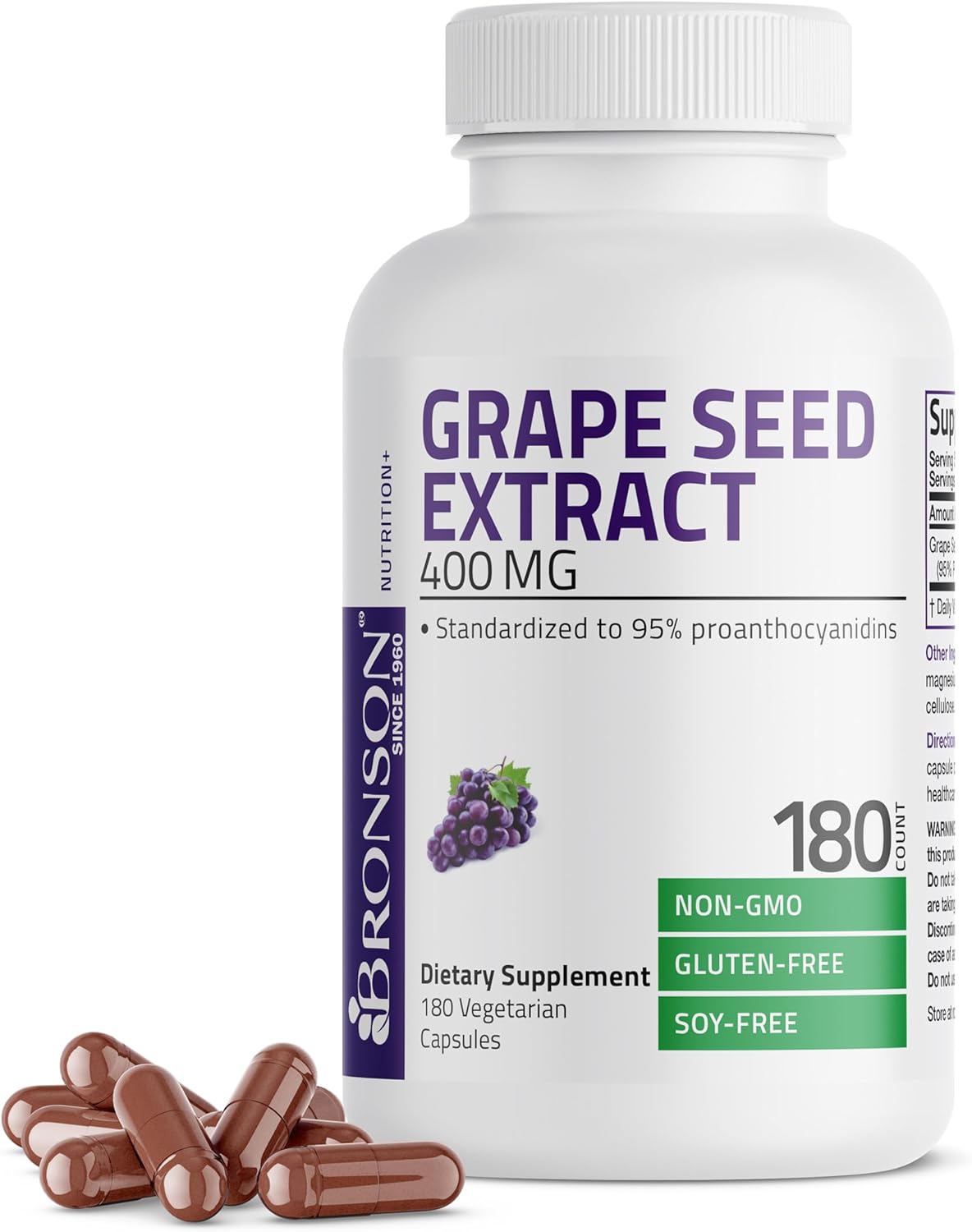Can you take Adenosine Triphosphate and L-5-Methyltetrahydrofolate together?
Interaction Details
Taking Adenosine Triphosphate (ATP) and L-5-Methyltetrahydrofolate (L-5-MTHF) together has the potential for good synergy, suggesting a rating of 4 out of 5.
ATP is a molecule that serves as the primary energy currency of the cell, while L-5-MTHF is a biologically active form of folate, crucial for methylation, DNA synthesis, and repair. The synergy between them can be observed in their complementary roles in energy production and metabolic function. L-5-MTHF plays a key role in the synthesis of neurotransmitters and the maintenance of homocysteine levels, which is important for cardiovascular health and cognitive function. ATP, by providing energy, supports the processes that L-5-MTHF is involved in, such as methylation reactions and the synthesis of DNA and RNA. Furthermore, adequate folate levels are necessary for the optimal functioning of cells, including those with high energy demands. The combination of ATP and L-5-MTHF may enhance the overall energy metabolism and support cellular functions that require both energy and folate for optimal performance.
Potential Benefits
Potential Risks
Adenosine Triphosphate
Adenosine Triphosphate (ATP) is a molecule that serves as the primary energy carrier in cells, playing a crucial role in various cellular processes, including muscle contraction, nerve impulse transmission, and biosynthesis.
L-5-Methyltetrahydrofolate
5-MTHF L-Methylfolate (also sometimes called Levomefolate) is the active form of folate – also known as vitamin B9, which plays a crucial role in various bodily functions, including DNA synthesis, cell division, and homocysteine metabolism. It is essential for the production of red blood cells and helps prevent anemia. L-5-Methyltetrahydrofolate is involved in the conversion of amino acids, synthesis of neurotransmitters, and maintenance of healthy nerve cells.
